As the Pentagon seeks to build a fitter force, everything is under review — from a new PT test to eliminating the dreaded body fat tape test to changing how troops eat and exercise.
The potentially sweeping fitness policy changes are part of an effort to meet Defense Secretary Jim Mattis’ call for a more lethal, deployable force.
There’s a “marginally increasing number of individuals across the services who are not able to pass their basic physical fitness test to serve in their respective services,” Air Force Gen. Paul Selva, vice chairman of the Joint Chiefs, told reporters Jan. 30.
RELATED
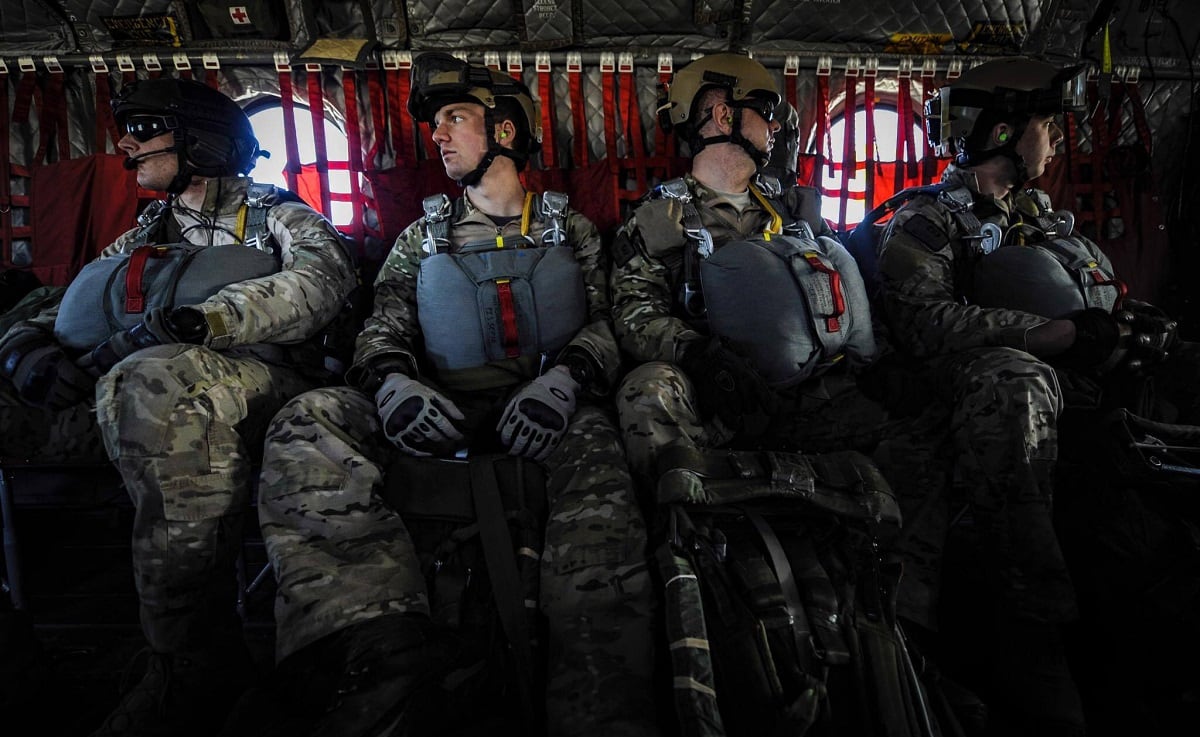
“Each of the services has a slightly different test,” Selva said. “One of the standards in all of those tests is your weight and your body mass. And there is a detectable and increasing trend toward people not being able to meet that standard. That means, technically, without a waiver, they are not able to deploy. So we need to focus on those things.”
Last July, Mattis directed the services to look at what factors were negatively impacting force lethality and readiness, to include looking at why a portion of the force is non-deployable.
Mattis’ memo “re-energized” the ongoing effort to revise DoD instruction 1308.3, “DoD Physical Fitness and Body Fat Programs Procedures,” said Dr. Don Shell, director of population health at the Defense Health Agency.
The memo also spurred the defense health community to look at ways to help maximize troop performance, Shell said.
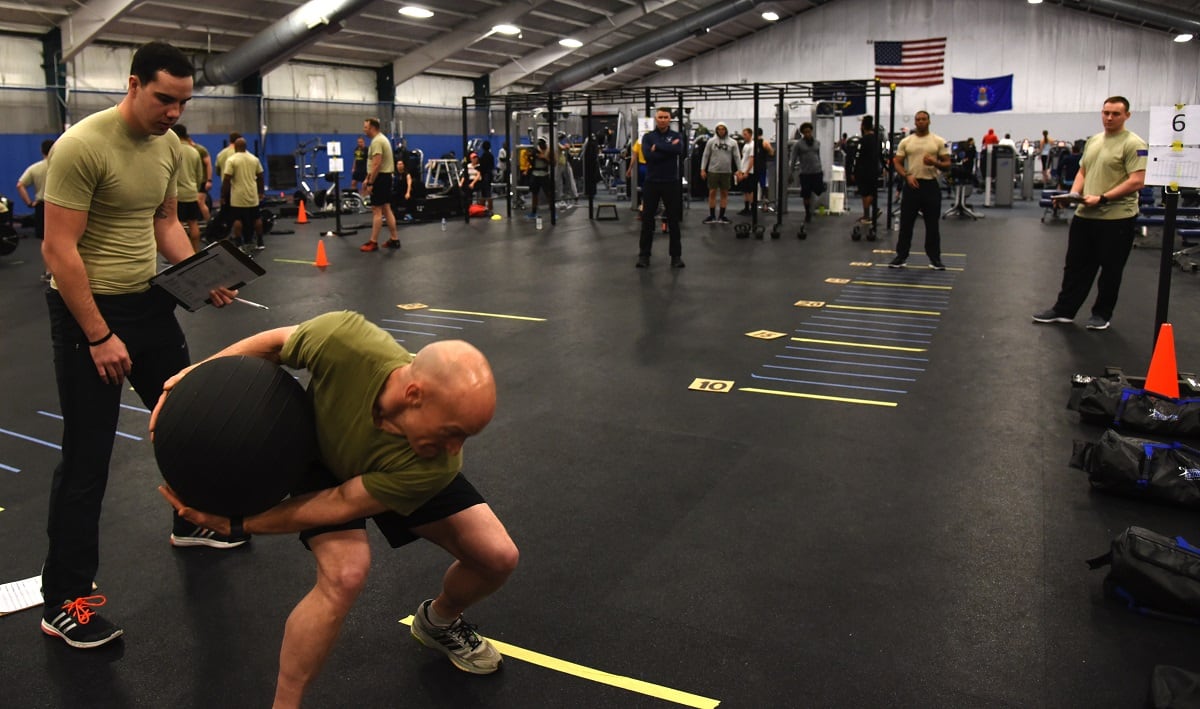
No more tape test?
First, the tape test. DoDI 1308.3 outlines how service members’ body fat is to be measured, sets baseline fitness test parameters and advises the services to pursue administrative separation if troops repeatedly can’t meet standards.
Shell said the agency is still months away from final recommendations on 1308.3, but one of the things experts are looking at is whether the tape test, which identifies body fat percentages by taking measurements at the neck, hip and waist, is the best option.
“The science is pretty slim for body composition testing,” Shell said. “Based on the few types of methods that are accepted, how do we make sure those methods are used appropriately, included in the policy, applied across the services, and that they are doable by the services?”
Whatever method is selected has to be economical and efficient enough to evaluate hundreds of thousands of people, as “it’s not feasible to do MRIs or CT scans on every service member,” Shell said.
Command Sgt. Maj. John Troxell, the senior enlisted adviser to the Joint Chiefs chairman, acknowledged “there might be other methods out there beyond a tape test.”
Based on the current version of 1308.3, each service is required to report, on an annual basis, the number of personnel who failed its physical fitness and body fat tests, the number of troops placed in weight control programs, and the service’s separation policy for personnel who fail those tests.
According to Defense Health Agency data as of 2015, the number of troops medically diagnosed as overweight or obese jumped from 71,168, or 4.5 percent of the total force, in 2011, to 113,958, or 7.8 percent, in 2015.
The agency would not provide current data, saying it is being used to inform the revision of 1308.3 and would be released when the revision is complete.
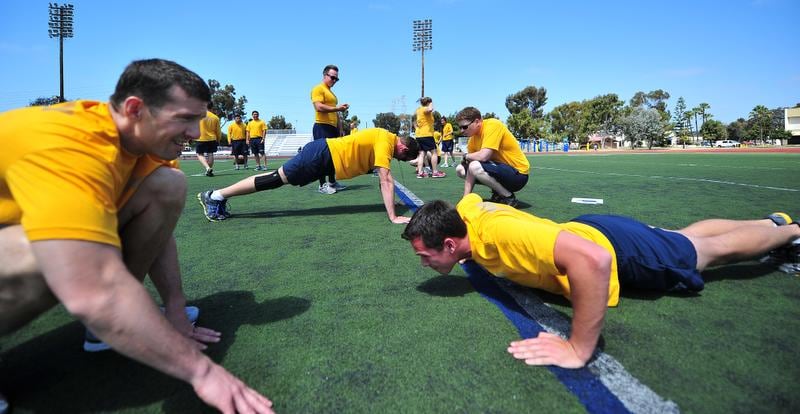
Selva said the rising numbers have the attention of senior leadership.
“When we are talking basic standards — physical fitness, physical readiness, weight management — those are local leader standards, and it’s up to the local leader to say, ‘The standard is published and exists, and we’re going to enforce it,’ ” Selva said. “And they will get the backup of senior leaders. Because this is really important.”
Total Force Fitness
Another line of effort is a renewed emphasis on “Total Force Fitness,” Troxell said. The 2013 program was established by former Joint Chiefs Chairman Adm. Mike Mullen and is outlined in CJCSI 3405.01, the “Chairman’s Total Fitness Framework.”
The program takes a more holistic approach to force health.
For Troxell, that still starts with the basic fitness test — by encouraging troops to exceed the basic requirements and instead work up to the standards of physicality needed for their specialties.
“Too many times we get caught up in, ‘Well, every six months ... they have to pass a fitness test, so let’s gear our training toward passing that fitness test,’ ” he said.
His concern is making sure the military focuses on a fitness program tailored to help troops execute their missions “under the worst conditions,” he said.
“If we focus fitness programs towards that, the fitness test itself will be taken care of,” Troxell said.
Under Total Force Fitness, Troxell is also looking at how there could be greater collaboration with DoD’s medical community to pursue a sports medicine-like approach to force health.
Shell said a product of that approach would be to prevent potential injuries from occurring.
Troxell said he also would like to see Total Force Fitness include collaboration between the health care provider and the commander at the tactical level on post-injury management.
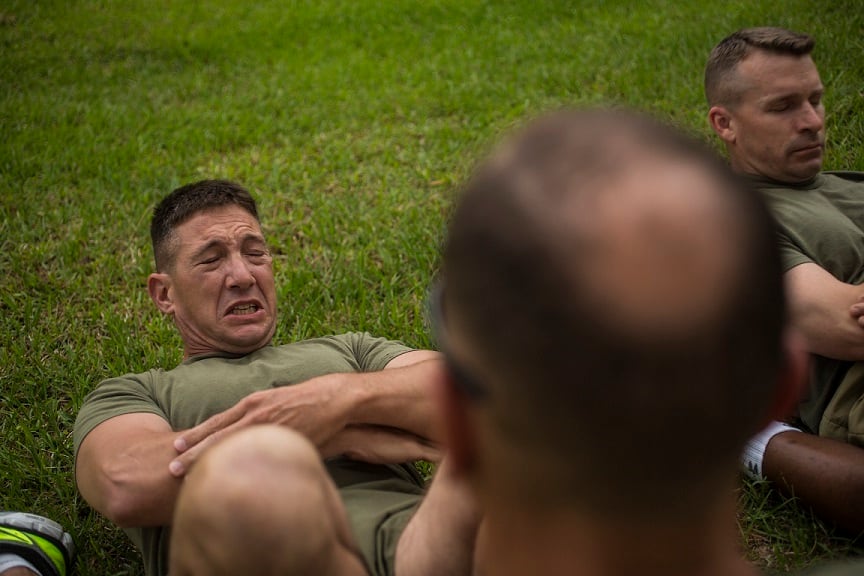
That kind of collaboration could shift how a doctor prescribes a remedy, Troxell said, instead of defaulting to a prescription that might unnecessarily excuse the service member from training or further activity.
Last, DoD is even looking at what troops are putting into their bodies.
“We’ve just got to get better at our food selections in our dining facilities, our mess galleys,” Troxell said. “We’ve got to get better at trying to have healthier choices on installations.”
Moving forward
Some of the services are already working on new fitness standards.
The Air Force, for example, is rolling out the first in a series of new job-specific fitness standards that aim to accurately measure whether physically active airmen can do everything they need to when they deploy.
Those standards have been finalized for tactical air control party airmen and their officer equivalents. Similar standards are in the works for other career fields, such as pararescuemen, explosive ordnance disposal, and combat rescue officers. The Air Force also is considering job-specific standards for loadmasters, security forces and firefighters.
These job-specific standards are, in part, a way to make sure that airmen can do the job when called upon.
They also are designed to better detect if an airman is injured.
The Navy’s physical fitness assessment grades sailors, based on their age, on push-ups, sit-ups and a 1.5-mile run.
Officials started looking at adopting more job-related fitness assessments in 2016, but have made no further moves in that direction yet.
The Navy did, however, relax standards on failure in order to keep needed personnel. Twice in the past two years, amnesty from body fat fitness failures has been granted to stem discharges — 1,700 in the last year alone.
The latest policy change that went into effect Jan. 1 put a stop to mandatory discharges for sailors who fail two assessments in a three-year period, officials said. Now sailors won’t be discharged for fitness failures, but they could be barred from re-enlistment.
Pass their next assessment, they’re good to go.
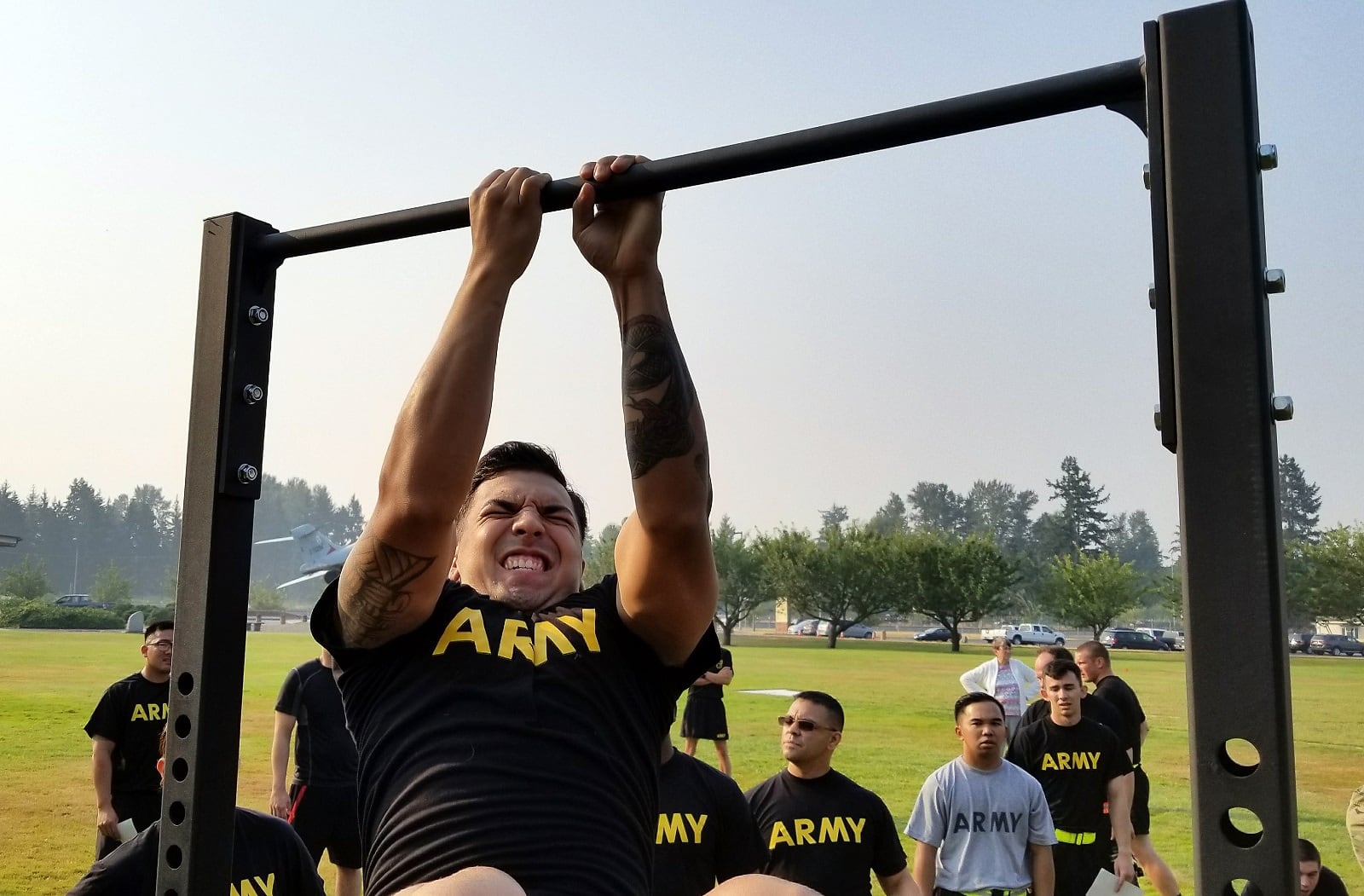
The Army has also turned its focus to prevention, piloting two fitness tests designed to better approximate combat tasks and skills. The idea is to increase physical readiness by testing soldiers on what they’ll actually be doing downrange, but also to teach them to safely train and recover from those events.
“In musculoskeletal injuries we had, you know, 10 million limited-duty days last year — half a million soldiers per year,” Maj. Gen. Malcolm Frost, the head of the Center for Initial Military Training, said in September.
“I think you have to look at this and say, you know, what do we need to do to invest in an Army that is ready, where ... we have less injuries, where we have soldiers that are in shape, and we have soldiers that are deployable,” Frost said. “That is primary to what we do.”
In 2017, the Marine Corps made wide-ranging changes to its physical fitness and combat fitness tests, and those changes may be up for review in early 2018.
The changes included a new hybrid test for the PFT that would allow Marines to opt for push-ups in lieu of the Corps’ tradition of doing pull-ups, and a new pull-up or push-up-requirement for women instead of the old flex arm hang.
DoD-wide, however, none of the fitness policy reviews are complete — and won’t be for another six months to a year.
But more attention on the issue would be welcomed, service leaders have said.
“It doesn’t do me any good to have a unit … where most of it is undeployable because the soldiers are too big, they can’t do what they need to be able to do in combat physically,” Lt. Gen. Charles Luckey, chief of the Army Reserve, told reporters Jan. 24.
Reporters Mark D. Faram, Stephen Losey, Meghann Myers, Charlsy Panzino and Shawn Snow contributed to this report.
Tara Copp is a Pentagon correspondent for the Associated Press. She was previously Pentagon bureau chief for Sightline Media Group.




